Kerala shares a distinct space in the tourist map of the world, mostly for its greenery, water bodies and of course, boat races. Boats – stand as the iconic representative of Kerala across the world, and famous boat races are associated with festivals of Kerala, particularly Onam which falls on the month of August or September during spring season. Vanchipaatt – Boat songs and special boat dishes served during boat races also form the integral part of Kerala’s culture. Elephants, coconuts and boats together form cultural symbols of Kerala, definitely.

House boats of Alappuzha
When was the first boat race of the world conducted?
I often wonder when the first boat race was conducted in the world. Is it from Kuttanad or any other part of Kerala, known for its splendid water bodies and landscape? Is King Maveli and Onam legend related to this sport in any manner? Not at all!
It was conducted in Athens, known for old Olympics about 5000 years ago. Babylonia, Greece and Rome are those countries where boat race competitions are conducted as a part of New Year celebrations. Quite co-incidence, boat races of Kerala too fall on the first month as per Malayalam calendar, soon after monsoons, and a pleasant climate everywhere. Born around 5000 years ago, it got popularized across the world, and included in sports competition events including Olympics also.
Kerala’s boat races are most known for its different types of boats, which form a part of Kerala’s cultural map as well. Snake boats of Norway, Dragon race of Singapore and boat race of Singapore are other world famous boat rice events.
Snake boat is the king among all types of Kerala boats
Though different types of boats are available, Kerala is best known for the lengthiest snake boats – Chundan Vallam (snake boat). ‘Vallam’ means boat in Malayalam language and Chundan Vallams are seen as pride of Kerala and its culture, and resembles a cobra that gets ready to fight. During the reign of Kings and Zamorins they were used as fight boats also, and among all types of boats, they accommodate maximum number of people. Kerala’s vallam kali (boat race) is also known as Chundan Vallam Kali.
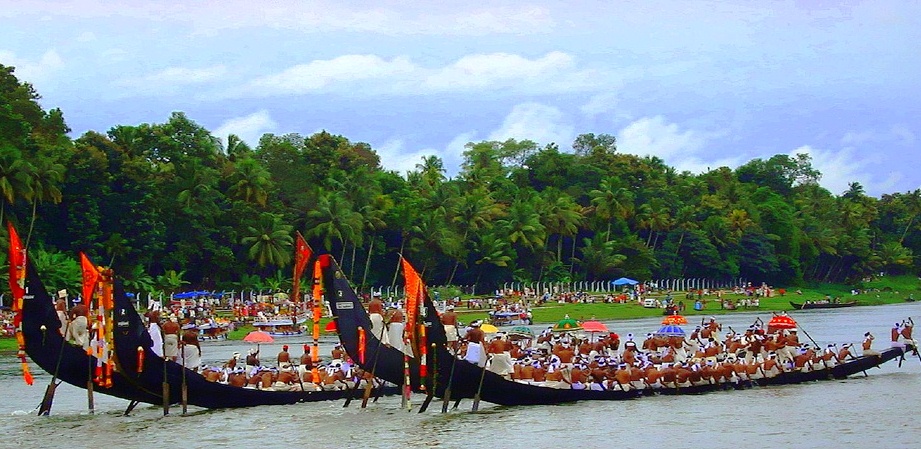
Chundan Vallam for boat races during Onam season
It’s so lengthy that 64-128 oarsman can comfortably sit inside it on either sides, and in between there is a platform in the middle of the second half of the boat to afford 8 standing people, also known as Ashtadikpalakas. It’s often decorated with a colourful Kerala umbrella also. Chundan Vallam also affords around 25 singers in the middle, who sing ‘Vallappaattu’ (boat songs) adding energy to this water sport. “O Thithithaara Thithithai Thithai Thaka They They Thom” is a trademark slogan of boat races of Kerala.
Other types of Kerala boats for the sport
History of Chundan boats dates around 650 years ago. It is made of the wood of jackfruit tree and usually its length varies from 100 to 158 feet. There are different types of models of snake boats and the oldest one is Parthasarathi Chundan. Apart from Chundan Vallam (snake boat), Churulan Vallam, Veppu Vallam, Kettu Vallam and Iruttukuthi are other types of Kerala boats.
Apart from Chundan Vallam, Kettu Vellam also known as house boats have gained popularity in the recent years. Many tourists reach backwaters of Kerala to spend a night or two in the houseboats, which resemble houses, and all facilities available. They can also enjoy the lovely scenery and have a pleasant drive on water. Backwaters of Kumarakom and Alappuzha are quite famous for house boats.

Kettu Vellam or House Boats for tourists
Among all types of boats, Iruttukuthi may be a bit notorious as they were used by dacoits during early 20thcentury and before. Their name itself signifies darkness (Iruttu), a time when robbers are set out for their task. They are also known by the name – Vadakkanodi, and its ability to travel against wind is just amazing.
Kerala’s culture is associated with several boat dishes, and boat used to serve this purpose is Veppu Vellam. Veppu – literally means to prepare food, and it has history dated to many years since the days of kings. It’s also known as Paranthu vaalan, as its tail resembles the tail of an eagle. When kings go for a battle in Chundan Vallam, he takes a group of chefs in veppu vallam to prepare food. It’s very small comparing to Chundan vallam and can accommodate only up to 50 people.
Churul means curve in Malayalam language, and both the ends of Churulan vallam are curved. This boat is of medium size and can accommodate 25 people. Quite popular in Kuttanadu known for backwaters, it is most commonly used by children and women for transportation and boat races.
Chingam is the right month for boat races in Kerala
Heavy monsoon affects Kerala in June, and throughout the dark month of Karkidakom it heavy rainfalls in Kerala. Whole paddy fields and water bodies will be filled by water and nature itself prepares for the season of boat races. When Chingam month is born, dark clouds fade away, and it’s sunny and bright, season of boat races begins. It’s pleasant climate also and season of spring and Kerala’s nature beauty is at its best during this spectacular month. As Kerala’s harvest festival Onam is also celebrated this month, obviously boat races became an integral part of the celebrations.
Boat races are now used to promote Kerala tourism also, and it is the best season to visit Kerala if you are a foreigner. While state capital Thiruvananthapuram arranges many cultural events and light festivals, State’s cultural capital Thrissur is focused on
traditional folk items during the season. Ernakulam, the commercial capital is famous for Athachamayam of Thrippunithura.
Vanchippattu and display of Kerala’s traditional culture
Yes, it’s a competition in the backwaters of Kerala among groups, and the rowing of oarsmen in a unique rhythm similar to army parade makes it a delicious treat to watch. Also, boat races are incomplete without Vallappaattu (boat songs), and they also display Kerala’s traditional art items such as Kathakali, Mohiniyattam, Thiruvathirakali, Kaikottikali etc during this occasion, and they perform on the boats making it a visual delight.

Boat races of Kerala
The atmosphere reaches a high knot when boat songs are sung at high beat and boats reach their full speed. Songs are written in Vanchippaattu style, and they also own a distinct branch in Kerala’s literature. Many of such song pieces are traditional that have been carried forward by several generations. Musical bits – Thithithara Thithithai Thithai and Theyyam Theyyam are familiar to even small kids of Kerala. People also dance to tunes in boats.
Major water festivals of Kerala
Water festivals, popularly known by the local name ‘Jalolsavam’ (Festival of water) is organized at various districts. Majority of boat races are conducted in Alappuzha district, followed by Kottayam, Thrissur, Thiruvananthapuram, Pathanamthitta, Ernakulam etc. Some of the major boat races of Kerala are Nehru Trophy Vallamkali of Vembanad Lake, Kuttanad; Aranmula Uthrattadi Vallamkali at Aranmula, Pathanamthitta; President’s Trophy Boat Race in Ashtamudi lake and Kallada Boat Race in Kallada River, both in Kollam; Champakulam Moolam Boat Race, Kumarakom at Kottayam; Kandassankadavu at Thrissur etc.
A small note on Nehru Trophy Vallamkali
When India’s then Prime Minister Jawaharlal Nehru inaugurated Nehru Trophy Vallamkali on 1952 December 27 at Vembanad lake shore of Kuttanad, Alappuzha, it was the beginning of an iconic sport related with cultural Kerala. Nehru received a warm welcome from the local villagers of Kuttanad, and thus began a new era of boat races during Onam season in Kerala.
Image: Self and Wikipedia
Read a few articles related to Kerala Culture, Traditions & Social Life. Here is the page link. Click on the images in the gallery to read







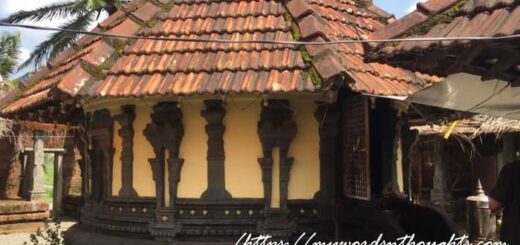
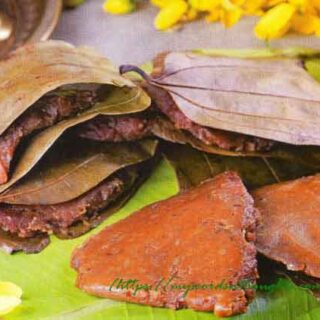

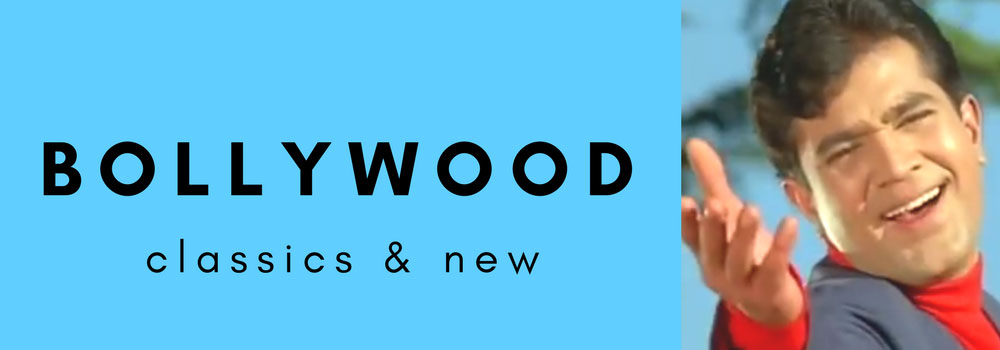

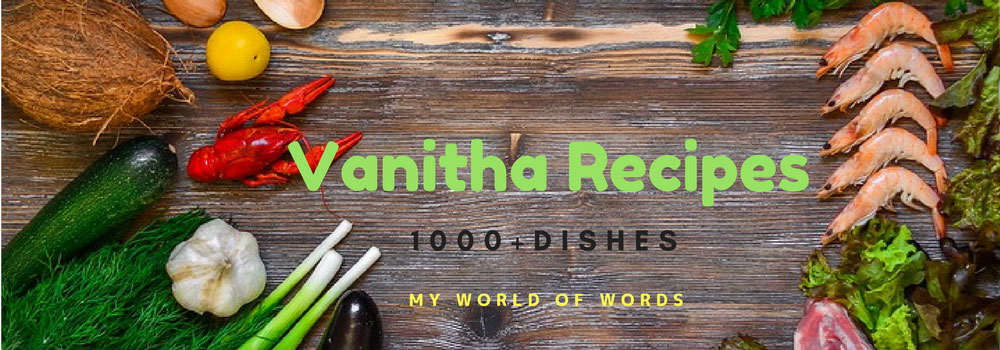
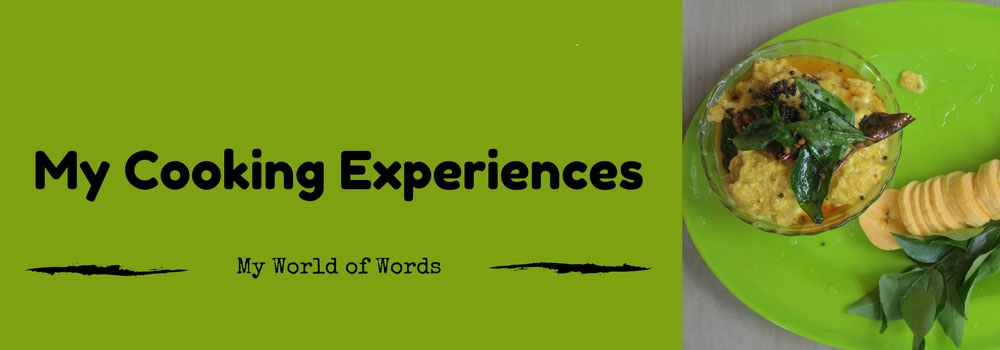

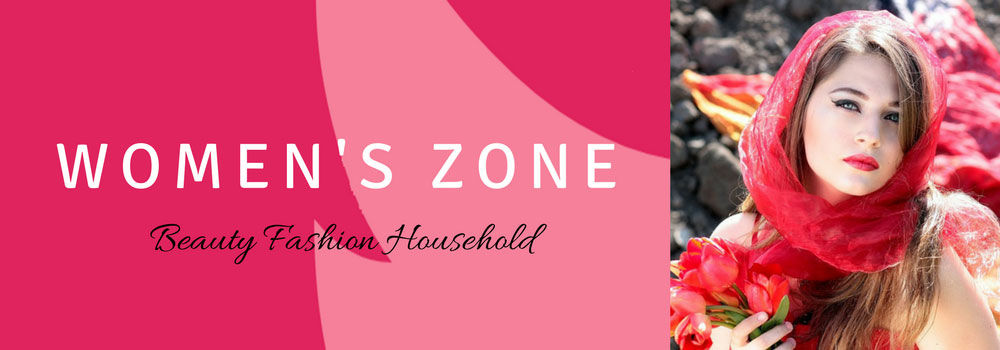


Recent Comments